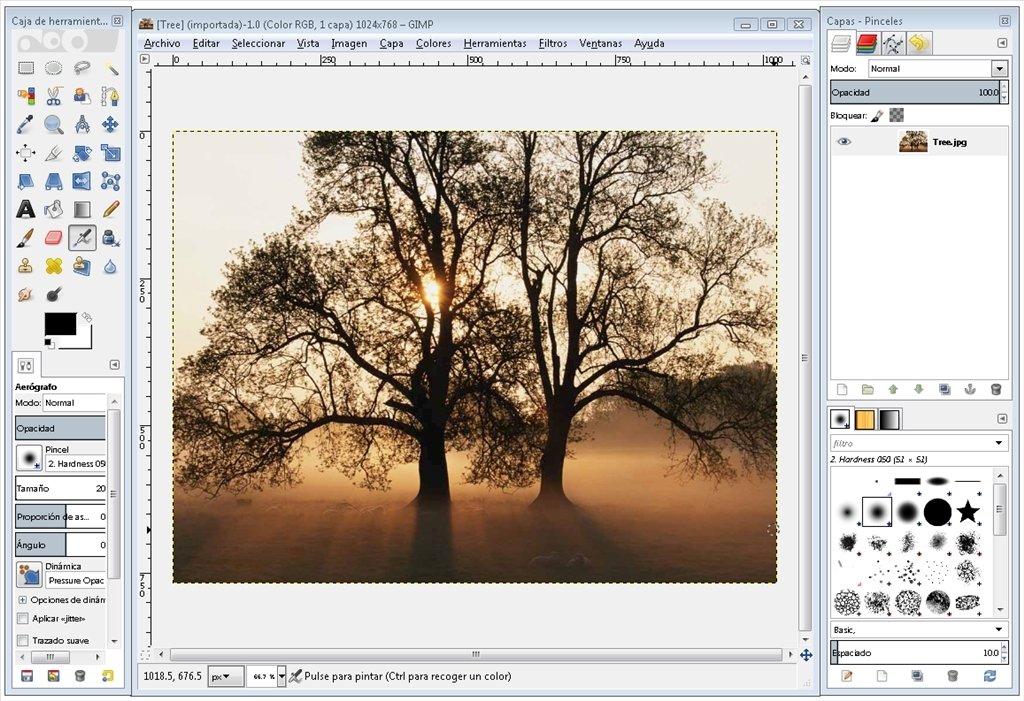

#GIMPSHOP 2016 INSTALL#
GIMP plugins come in two flavours: those which have been packaged nicely and will install themselves automatically, and those which require a manual process.
#GIMPSHOP 2016 FOR MAC#
If you’re a Windows user, be grateful: finding packaged GIMP plugins for Mac and Linux is a tough task.

Once you’ve located and downloaded the file, simply double click and the plugin will install itself as if it were a standalone piece of software.

#GIMPSHOP 2016 SOFTWARE#
Whatever your operating system, make sure that you download these self-installing files from reputable locations, and it’s worth making sure that your antivirus software is up to date in case of any nasties. Most GIMP plugins will come compressed into a. Your first step will be to unpack this file. Saving the unzipped files to the desktop will be fine. It then gets a little more complicated as we need to get those files into the right directory so that GIMP can find them. The unzipped files will either be “PY” or “SCM” which you can determine by looking at the file extension or viewing under “File Type”. Make note of which type they are as this will determine where they need to go!ġ.
#GIMPSHOP 2016 HOW TO#
In the next set of blog posts I will show you how to change the colour of a detail in an image.Go to Preferences and scroll down to Folders. And, to be fair, it is kind of fun to be working with two different editors and see in what ways they are similar and dissimilar. Therefore I have decided I will not be choosing the tool I will be working with for the remainder of this course just yet. Other than the UI and the slightly different use of terminology, I have not yet encountered a huge difference between GIMP and PhotoShop… However, there is a plug-in for GIMP called GIMPShop which mimics the PhotoShop UI. I can share, however, some insights of my working with both GIMP and PhotoShop: the interface of PhotoShop is slightly more accessible and less cluttered than GIMP. I might have used the wrong parameters in GIMP after all! I want to give both editors another go (it’s actually good fun!) I feel that I cannot make a well-informed decision on whether I want to continue with PhotoShop or GIMP. I just looks a little bit iffy compared to the PhotoShopped image. However, it did what it had to do with relative ease and the autocorrection is not a complete disaster. It is possible I selected the wrong parameters to be adjusted, since Photoshop and GIMP use slightly different terminology. Unfortunately, it seems that the auto-correct function in GIMP works a bit differently than in PhotoShop. In doing so, it will make the picture more clearer and sharp. Low saturation translates to a dull colour.įinally, normalize will increase the darkness of dark pixel and the lightness of light pixels without manipulating the hue of a colour. Saturation concerns the intensity of a colour high saturation means a very intense, bright colour. Here, select the functions ‘ Equalize‘, ‘ Colour Enhance‘, and ‘ Normalize‘.Įqualize will increase the darkness of the darkest pixel and lighten the lightest pixel, thus creating more contrast.Ĭolour Enhance increases the colour saturation of each pixel. Click on the tab, found in the top bar, and select ‘colour’ and then go down until you see ‘ Auto‘. This way, if you make any mistakes, you can delete the layer while still having the original layer intact. From there on out, select the image you want to edit. Go the the ‘ File‘ tab in the top bar and select ‘Open’. To start, open the image you want to edit. But how does that work in GIMP? It’s quite similar, actually! We already know how we use auto-correction in Adobe Photoshop.


 0 kommentar(er)
0 kommentar(er)
